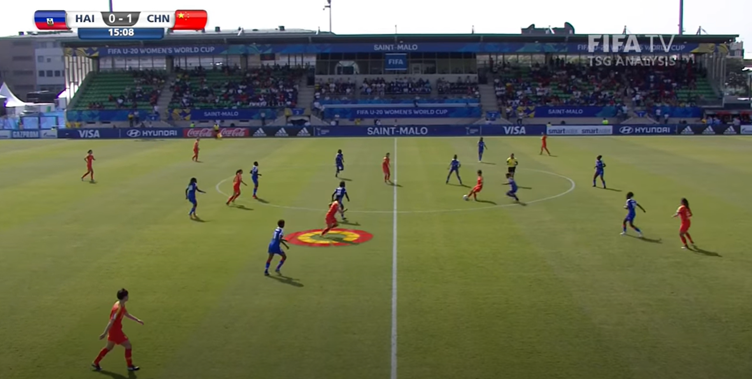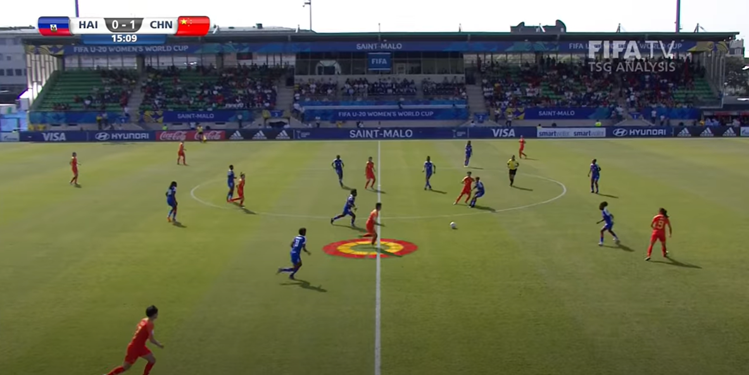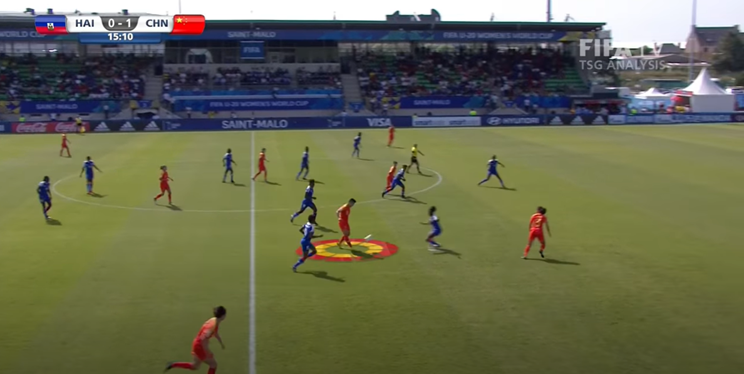Using a "third-player combination" is hard for the opposition to anticipate and, when delivered effectively, it means they cannot afford to simply ball-watch. If they do, they risk being caught out by an off-the-ball runner. The threat of a third-player combination can create uncertainty in a defender's mind. It means they need to track all movement on and off the ball and be aware of the threat of potential runners.
When the third player finds space with a well-timed but unseen run off the ball, it opens up the pitch for their team and gives them time and space to break the defensive line with a decisive pass.
One of the greatest exponents of the third-player role in combination play was midfielder Paul Scholes, who was once described by Luís Figo, the great Portugal winger, as a "ghost on the pitch" who was almost impossible to track. Scholes was a master of off-the-ball runs and first-time passes, which is why his coach at Manchester United, Sir Alex Ferguson, encouraged his team to use third-player combinations as a means of breaking through their opponents' defensive line.
A breakdown of a third-player combination
The third-player combination can be broken down into four phases:
- The initial pass
- The bounce pass
- The off-the-ball run into space
- The final pass
For this kind of combination play to work, each player needs to have a good understanding of their team-mates and a familiarity with their team's rhythm and movement. It also requires good anticipation and reading of the game. The most effective third-player combinations are delivered at speed with as few touches as possible, and the bounce pass, in particular, is often delivered with a single touch.
The initial pass
Whether this pass is out of defence or midfield, the initial pass should be delivered into the first player with quality and intensity to set up the combination.

The bounce pass
The bounce pass from the second player has to be executed with minimal touches, ideally first-time. The player receiving and playing the bounce pass is every bit as influential as the third player in these situations. Again, quality and composure are required along with a perfectly weighted return ball.

The off-the-ball run into space
The third player, who will eventually receive the bounce pass, finds space with an off-the-ball run. To do so, they must show an awareness and understanding of team play. They move forward with the play to offer an option and must time their run into space well so that the opposition cannot track them when the bounce pass is played.

Receiving the ball in space
Once the third player has found space, they receive the ball facing the opposition’s goal, allowing the pitch to open up in front of them. This enables them to see the full pitch and have the vision and awareness to make a better decision for the final pass.

Summary
A third-player combination can be used to move the ball swiftly out of defence, to open up the pitch in midfield or to progress the attack and to break the defensive line. Players need to have a good reading of the game and know the decision-making processes of their team-mates.







